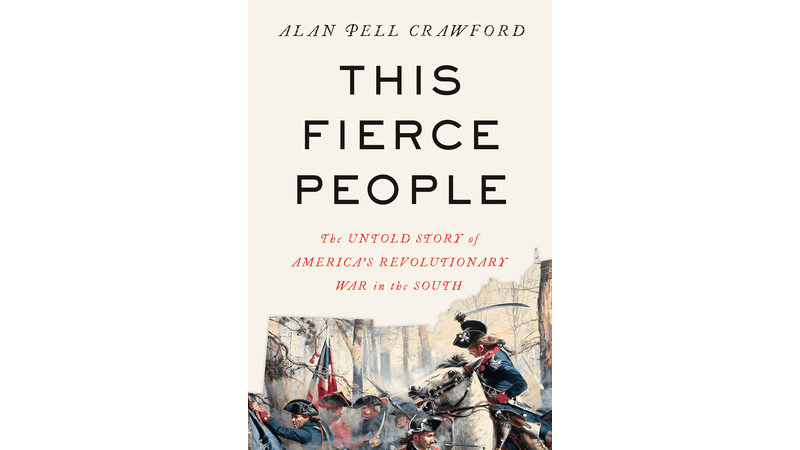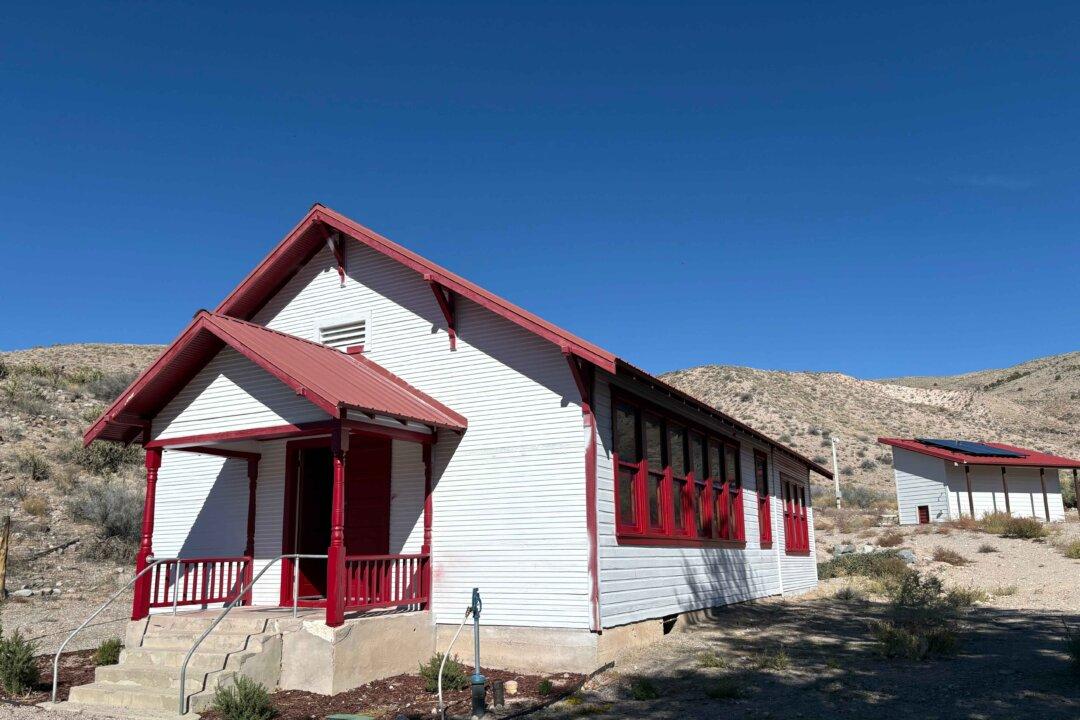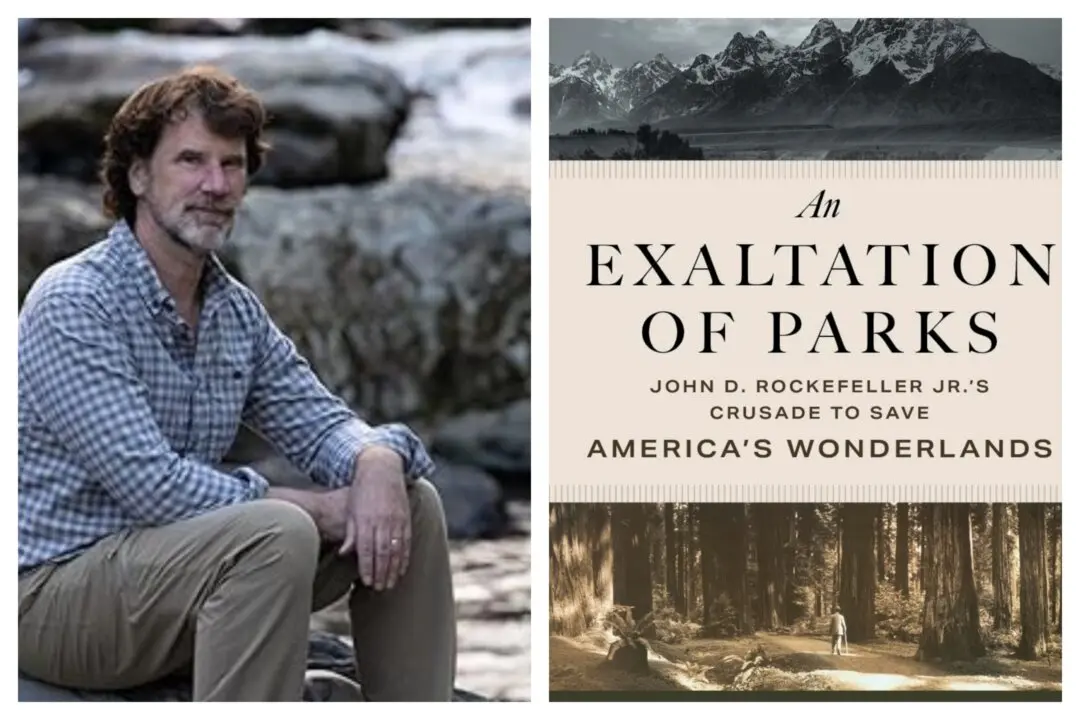The premise of Alan Pell Crawford’s 2024-book “This Fierce People: The Untold Story of America’s Revolutionary War in the South” is that the Revolutionary war’s southeastern campaigns have received little to no attention in history books, yet the battles that occurred between patriots and British soldiers in the southern colonies led to the end of the war at Yorktown.
The book’s subtitle may be a bit of an overreach. The stories of battles, civilian struggles, and more are often overlooked, yet Crawford’s introduction explains that lasting historical accounts are primarily the result of what is documented shortly after momentous events.





